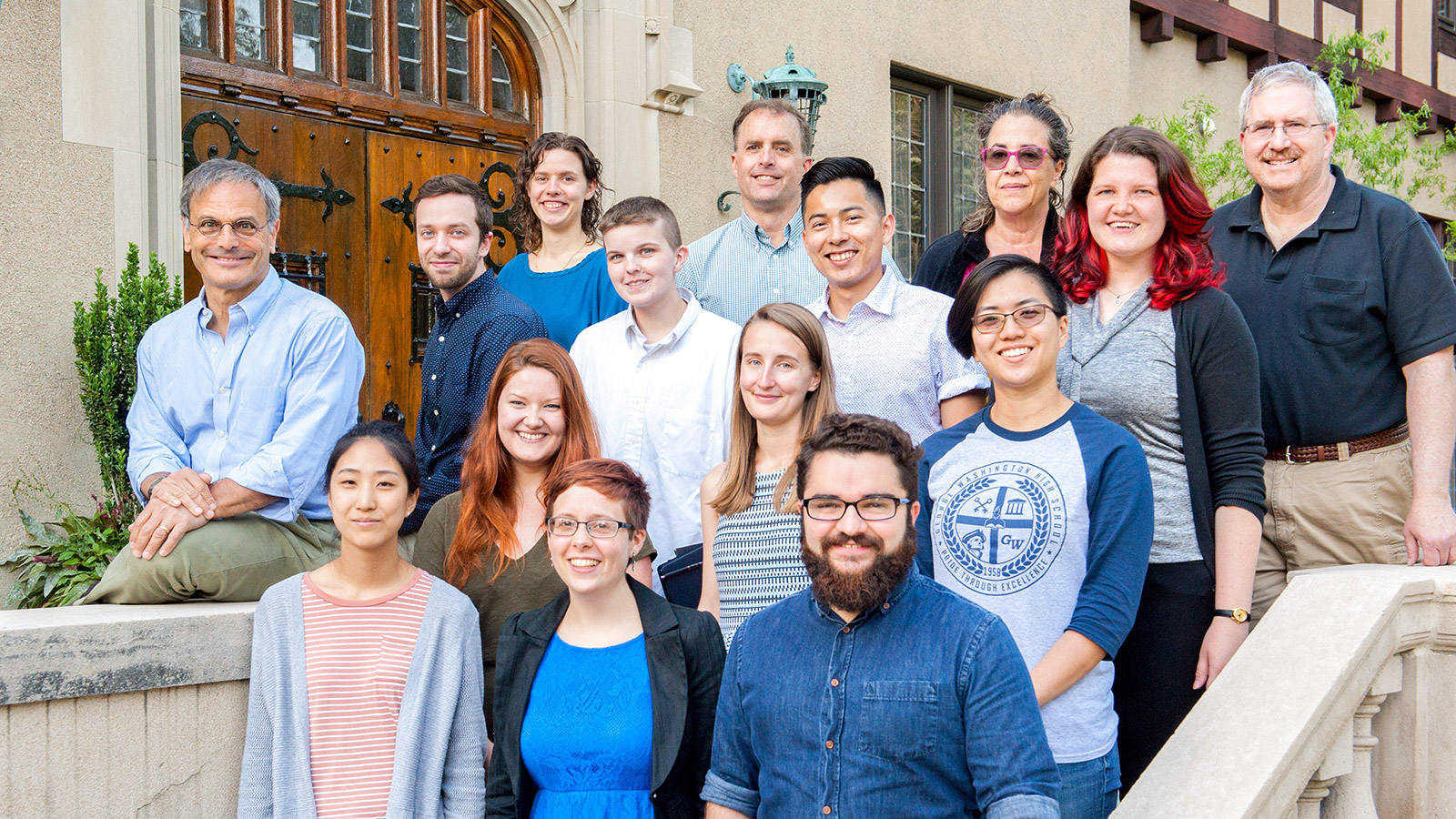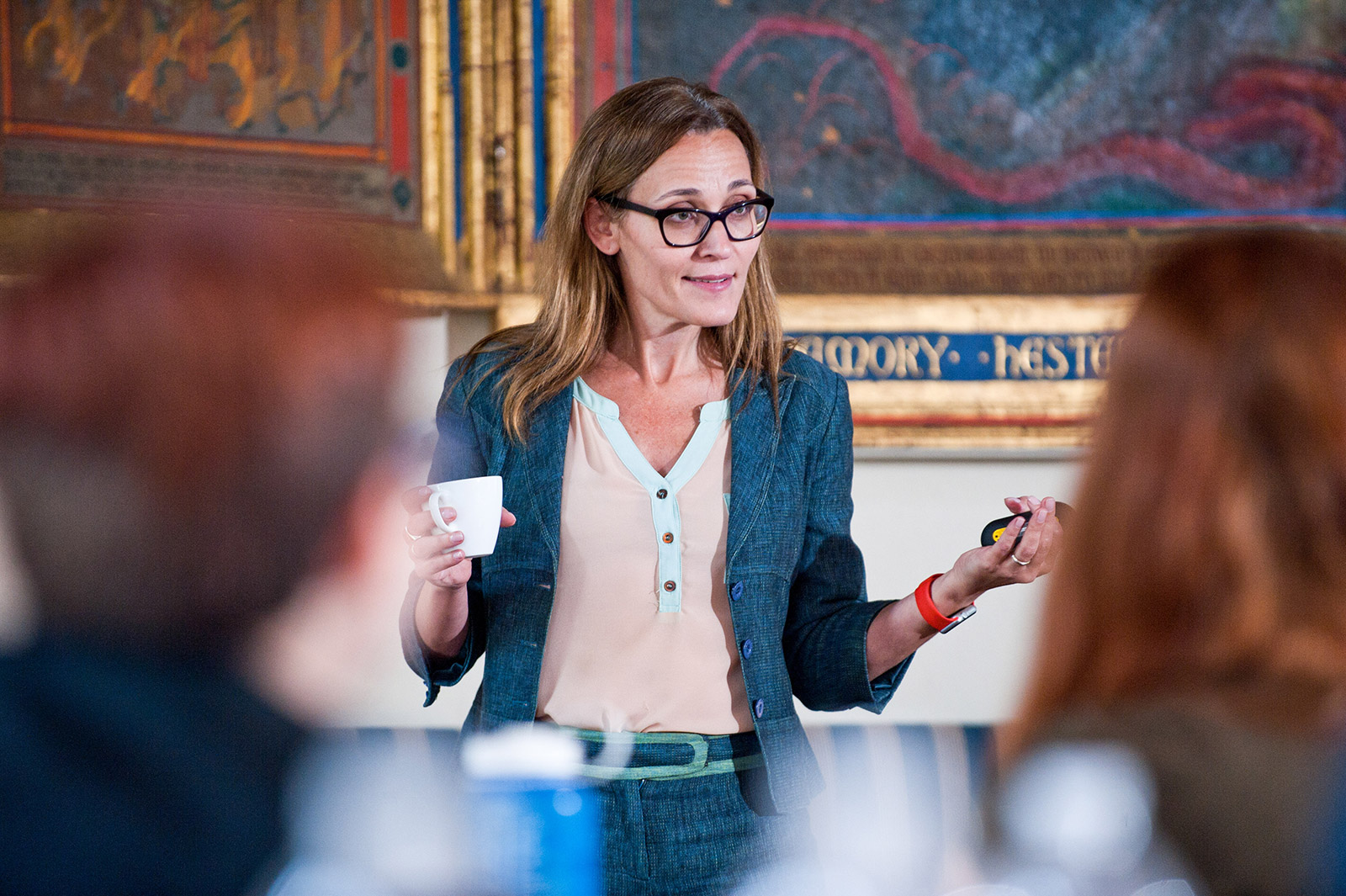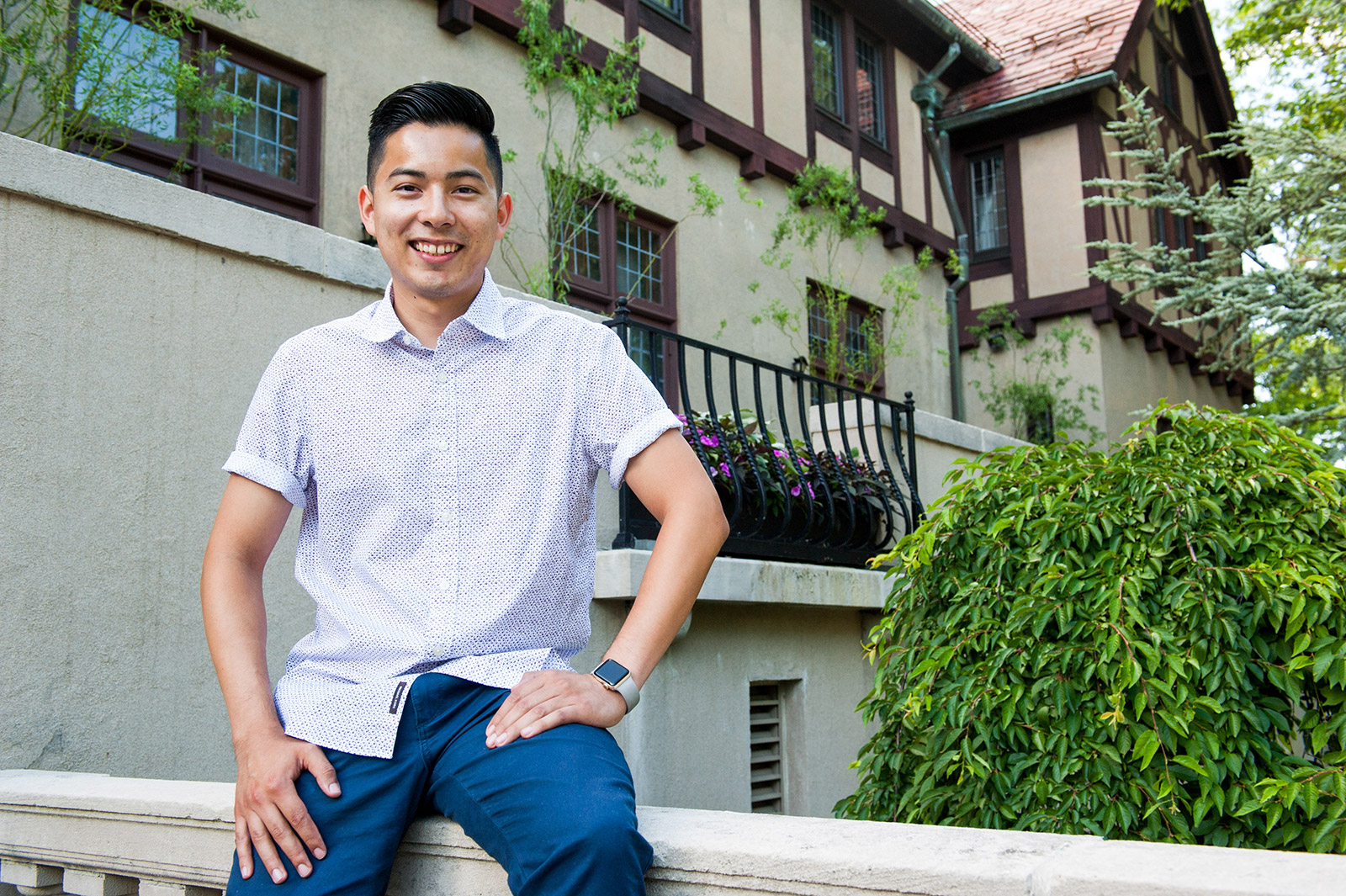The Vassar Noyce Teacher Scholar CommunityBuilding Support for Vassar’s STEM Educators
The Vassar Noyce Teacher Scholar CommunityBuilding Support for Vassar’s STEM Educators
According to the U.S. Department of Education and multiple other sources, the United States continues to face widespread teacher shortages, especially in mathematics and the sciences. Fewer candidates are entering teacher preparation programs, and teacher attrition rates are high, particularly among new teachers and in impoverished school districts.
In 2010, Mathematics Professor Charles Steinhorn launched a program to address that shortage—the Vassar Noyce Teacher Scholarship Program. “It isn’t going to get fixed overnight,” said Steinhorn, “but the simple and bottom-line answer is: good teachers. We need really good teachers.”

Steinhorn and co-principal investigators Chris Bjork (education), Cindy Schwarz (physics), and Bill Straus (biology) won a five-year, $1.3 million grant from the National Science Foundation’s Robert Noyce Teacher Scholarship Program to fund the program. The Noyce Scholars received $25,000 a year in scholarship funds for their junior and/or senior years as well as substantial financial support for professional activities and expenses. In return, they committed to two years of teaching in a high-need district for each year of funding.
The program, which came to a close this summer, supported 16 Noyce scholars. Of these 11 are teaching or will begin teaching this fall, and the remaining five, all 2017 grads, are in the process of completing certification or pursuing a master’s in preparation for a teaching career. The scholars returned to Vassar in June for a conference, “Building Our Vassar Noyce Teacher Scholar Community,” designed to build an ongoing professional support system for the program’s alumnae/i. “Attracting STEM teachers is one thing, retaining them is another,” says Steinhorn. “What we’re finding is that a key to retaining good teachers is building strong professional communities to provide ongoing support.”

Among the attendees were the first three Noyce scholars—Sarah King ’13, Daniel August ’13, and Moises Rivera ’13. King teaches elementary school math in rural Vermont. August teaches 9th grade math at Essex Street Academy, a small public school on the Lower East Side of Manhattan. Rivera teaches 10th grade math in Los Angeles at a public charter school, Alliance Leichtman-Levine Family Foundation Environmental Science High School, one of the Alliance College-Ready Public Schools.
Their experiences have been very different, but there are some commonalities. All three acknowledge that teaching is hard, especially the first few years. “The first year is the toughest,” says August. “It’s impossible to really teach someone how to be a teacher. I learned a lot of important and useful things at Vassar, but the actual teaching that I do, I learned on the job. They give you a classroom and 30 kids, and you have to figure out what you’re doing.”

“The first year is just so hard,” agrees King. “Luckily, the other third grade teacher in my school took me under her wing. She’s been a really good mentor, sharing resources with me and giving me classroom management tips. That’s made a huge difference.”
For Rivera, the first year was especially challenging because he was teaching full time with a provisional license and simultaneously working on his master’s degree and his certification. He himself had graduated from one of the first Alliance high schools whose mission is to prepare students from low-income neighborhoods in Los Angeles to go to college. “Alliance had a really big impact on my getting into college and succeeding,” he says, “so I wanted to give back to the same charter school that did so much for me.”
“Students may not always take away the content that you were teaching them throughout the year, but they remember how they felt when they were in your classroom.”
Changing students’ mindset about math is one of the persistent challenges. “By the time they come to me, they already have these preconceived notions of either being good at math or being terrible at math,” says Rivera. “Maybe they’ve had bad experiences with math in elementary or middle school, but they just really dislike math, and they don’t see how math can be useful in their everyday lives. So that can be very challenging, trying to get them to see that everyone can do math. It’s just like learning to play a sport or an instrument— if you put in the effort, you will make progress.”

All three credit Vassar with helping to shape their student-centered approach to teaching. In separate interviews, each of them cited their commitment to helping their students feel valued and respected. “Students may not always take away the content that you were teaching them throughout the year, but they remember how they felt when they were in your classroom,” says Rivera. “Students enjoy my class, the majority of them, because of the way I teach. I try to affirm everyone’s ideas. Even if they’re incorrect, I’ll say, ‘Okay, let’s work with that.’ And then I ask them more questions to get them to realize their error on their own.”
King says that “the incredible respect Vassar professors have for their students” continues to influence her teaching. “I remember sitting in classrooms and having a discussion with 12 classmates and a professor and knowing that the professor was listening to what I had to say and finding it valuable and interesting. That comes into my teaching a lot. Third graders have things to say that are valuable and interesting, even about math!”
“Third graders have things to say that are valuable and interesting, even about math!”
One of King’s favorite parts of the day is something called “Number Talk” where she poses a problem and the students share their different strategies for doing it. “Math can feel like there’s only one right answer so there must be one way of solving a problem, but it’s really not like that. So I ask them, ‘Is there another way to do that? How else could you do that? How are you thinking about it?’ And that is very connected to the Vassar experience, that idea that each person has a unique perspective that is going to enrich all of us.”
August says that he had a student last year who was failing everything— except math. “I think that is largely due to the fact that my co-teacher and I have worked really hard to make him feel seen and heard and valued and respected. From our staff room, I can hear what’s going on in the adjoining classroom, and this student acted completely differently than he did in our class. He was constantly getting kicked out. So I started going out into the hallway and talking to him. That didn’t necessarily help him in that class, but it definitely helped him in my class.”
The three first Noyce scholars have already been teaching long enough to experience one of rewards that makes the hard work worth it: the students who come back. “Sometimes I don’t know how much of an impact I’m making,” says Rivera, “but then they start to come back, and they’re already in college, or they might be in the military, and they tell me how much of an impact I made on them. I had one student who joined the navy who said, ‘Wow, I really did need to know that geometry concept because we were trying to figure out the distance between our submarine and this other submarine, and I had to use that formula you taught me.’ And he was a student who struggled in my class, so I didn’t think I made an impact. It’s great when students come back and share those experiences.”